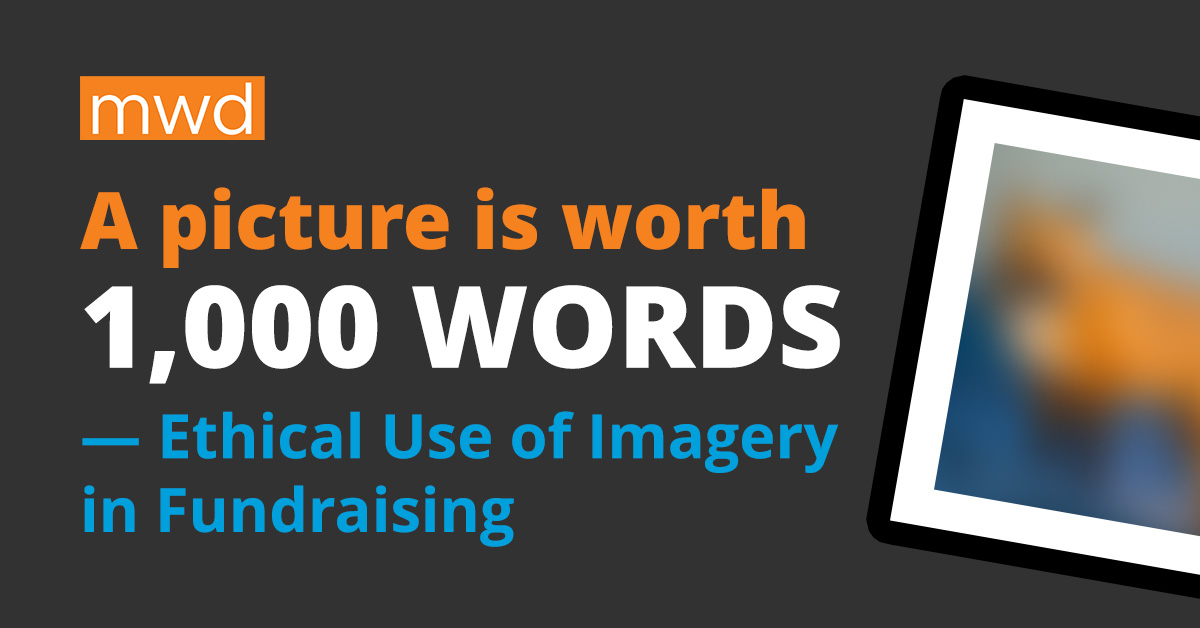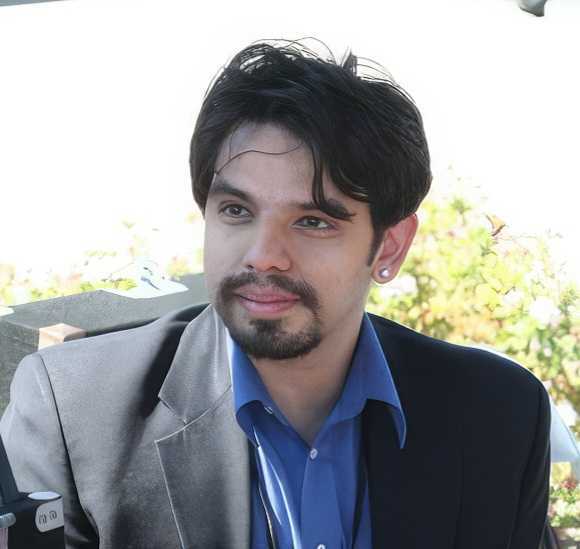
Visuals are an essential part of fundraising. A compelling photo can help your audience connect with your mission on a personal level. It can inspire a donor to act, can change the way people think about a problem, and illuminate the impact of your work. A single image can spark a movement and enact meaningful change. It's no wonder our industry is inundated with advice and opinions on the most effective fundraising images.
That’s why it’s so important to pause and reflect on whether this guidance aligns with our mission of creating a more equitable and compassionate world.
For decades it’s been best practice to choose photos that elicit a highly emotional response. Often, this is achieved by portraying the people we serve and partner with as helpless victims reliant on donor support. Photos have often been chosen for their shock value rather than their ability to accurately portray the intricate challenges communities face and the diverse roles members of those communities play.
The ethical creative framework asks us to step back and consider the implications of the photos and images we use to illustrate our work and depict those we partner with — which means questioning outdated best practices and centering those in your community as thought partners, rather than victims.
Representing your community ethically
When choosing fundraising images, make sure they do not exploit suffering, perpetuate stereotypes, or reinforce white saviorism.
Ask yourself the following questions:
- Who is the leader in this photo?
- Who is being led?
- Is this image representative of the community helping themselves?
- What words describe the main subject in this photo?
Ethical creative challenges our preconceptions about who is always the hero and who receives help.
If, for example, your organization is fundraising to help a BIPOC community, it is important to be intentional about using imagery showcasing BIPOC folks actively serving the community and aiding their community.
Avoiding emotional exploitation
Additionally, resist the temptation to use photos or images of people to create an inauthentic sense of urgency or exploit someone’s suffering to build an emotional charge. Refrain from relying on stock images instead of real people or situations, especially those that reinforce white saviorism or center the donor as the hero. Genuine photos allow donors to connect to the real-life stories in the fundraising appeal.
Ensuring inclusion
Remember to embrace various cultures and faiths. Consider substituting holiday-specific imagery with more universal seasonal images. Pictures of familiar local landscapes in fall and winter or seasonal fruits and vegetables (especially those native or culturally relevant to the regions your organization serves) can be equally impactful.
Navigating the Era of AI
We now live in an age where images you see on the internet may not be photographs at all. The emergence of text-to-image AI presents a challenge—distinguishing between AI-generated and authentic images is increasingly difficult. The potential for misuse is undeniable.
At Mal Warwick Donordigital, we commit to not using AI-generated images in our products, especially those depicting people. Upholding this standard is vital for maintaining trust. A single misstep, such as employing fake images, can jeopardize your organization's credibility.
The ethical use of imagery in fundraising is a multifaceted endeavor. It demands an unwavering commitment to authenticity and a deep awareness of the stories we tell. As fundraisers, we have the power to shape perceptions and inspire positive change. By adhering to these ethical principles, we not only secure the trust of our donors but also amplify the impact of our missions, fostering a culture of empathy, understanding, and genuine support. In a world filled with images, let ours be a beacon of truth and compassion.
Read all our posts about how you can incorporate Ethical Creative into your work.

About the authors:
Shizrae Mallick is an Account Coordinator at Mal Warwick Donordigital. She brings over 15 years of customer service to her client relationships, and her passion for social and economic justice drives her work in the production of meaningful and effective campaigns. She has her bachelor's in Sociology with a concentration in Inequality and Social Change from George Mason University.

Raul is a social media marketing professional with an arts and events marketing background. He is also a former professional wheelchair dancer at AXIS Dance Company in Oakland, CA and The Dancing Wheels Company in Cleveland, Ohio.
![[ Facebook ]](/img/connect-facebook.png)
![[ Twitter ]](/img/connect-twitter.png)